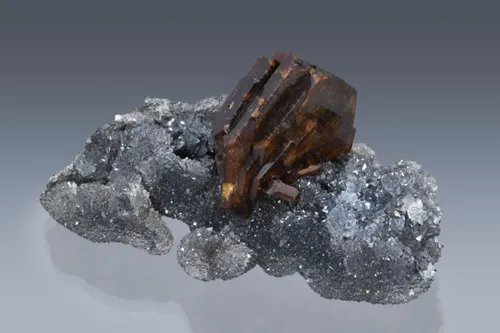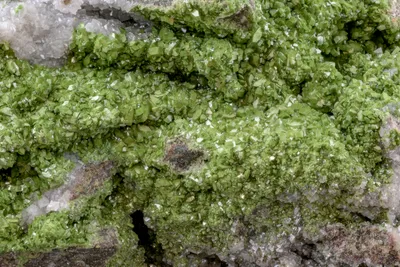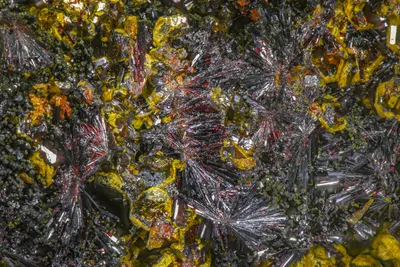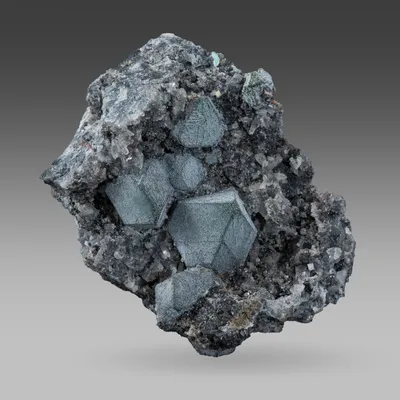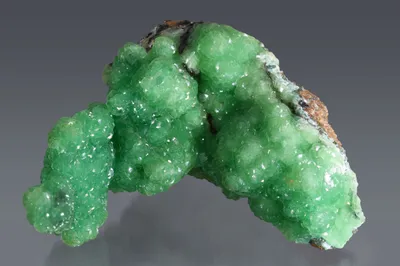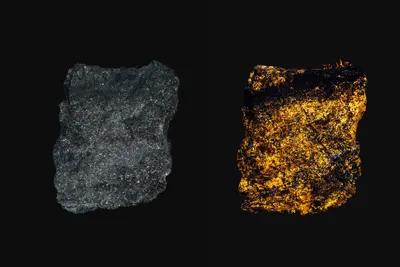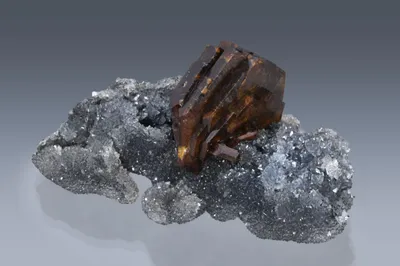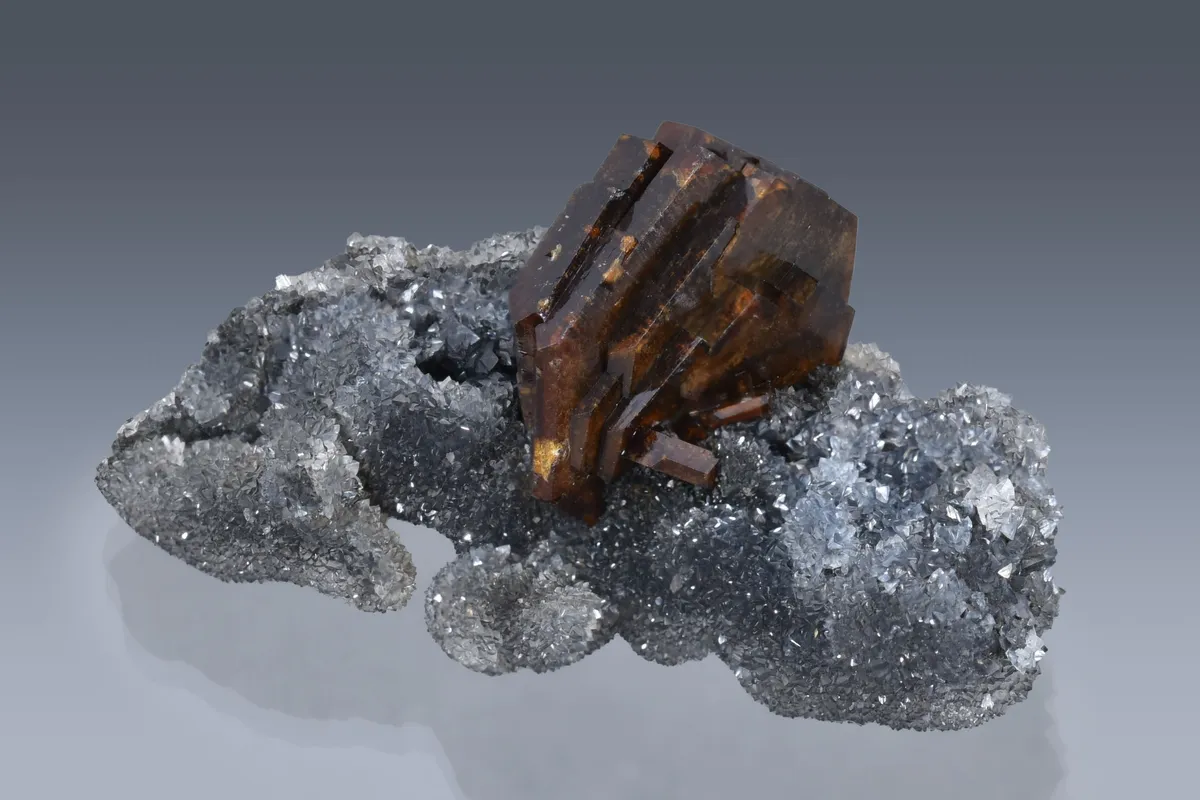
Image Credit: Malcolm Southwood
Mineral Species
baryte
Type Locality
No
Composition
BaSO4
Crystal System
Orthorhombic
Status at Tsumeb
Confirmed
Abundance
Somewhat rare
Distribution
First and second oxidation zones; sulphide ores.
Paragenesis
Hypogene; supergene
Entry Number
Species; TSNB41
General Notes
Much of the baryte at Tsumeb appears to be early-formed and of probable hypogene origin. It presents typically as honey-coloured to dark brown tabular or lath-like crystals, although small crystals of colourless-white baryte have also been recorded.
Baryte was first encountered in the upper levels of the mine notably on 6 Level (Klein Collection catalogue (unpublished), Harvard University) where it was associated with smithsonite and quartz, with the smithsonite clearly post-dating the baryte. The Klein Collection includes a fine example of this 6 Level paragenesis (MGMH 127326; Klein # 385).
The occurrence of baryte in the second oxidation was recorded by Strunz et al. (1958a).
Lombaard et al. (1986) noted the limited presence of non-metallic gangue minerals in the hypogene assemblage "… principally calcite, quartz and dolomite and rarely barite and fluorite". The presence of baryte from relatively unoxidized levels of the deposit lends support to a hypogene origin; for example, a specimen in the Southwood Collection (MS 2015.099; formerly in the Lammer Collection) comprises well-crystallised baryte with quartz in apparently unoxidised sulphide ore from 25 Level.
On the other hand, Hughes (1987) argues that baryte at Tsumeb is invariably well-crystallised with no evidence of deformation and therefore proposes that it post-dates the hypogene mineralisation.
In the second oxidation zone, baryte of supergene origin occurs as part of a rare mineral assemblage from the East 9 Pillar on 31 Level, with prosperite, gaitite, adamite, austinite, cuprite and quartz. According to Sturman and Dunn (1980) yellow baryte was observed on a specimen of gaitite from the collection of Paul Keller with the following paragenesis:
Chalcocite >> conichalcite >> gaitite >> austinite >> baryte >> quartz.
A very rare association of baryte with ludlockite has been recorded (Liam Schofield; pers. comm. to M. Southwood, 2014). Another rare association of carminite with baryte (both minerals XRD verified) resides in the Southwood Collection (MS 2018.031). Both these specimens are believed to be from the second oxidation zone.
